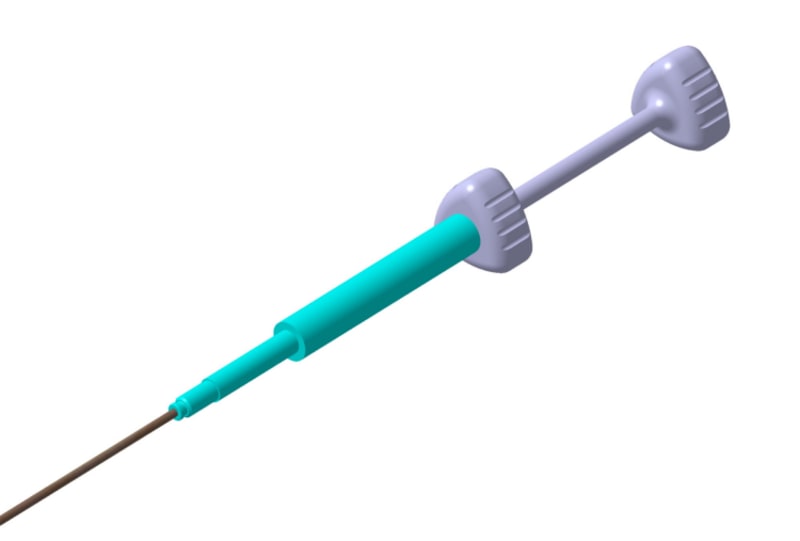Any intervention on the uterus, whether for the purpose of taking a tissue sample for analysis or in the case of a voluntary or medically indicated induced abortion, requires dilatation of the cervix of the uterus, the diameter of which is around 4 mm, and which is a natural and a quite firm opening. Two methods are in use today for such dilatation: a mechanical method using Heger’s dilators (the most frequently used method to date) and a chemical method using various hygroscopic dilators ((Laminaria, Lamicel,Dilateria) or Dilapan.
Dilatation by chemical methods requires 4 to 24 hours, and cannot be used in emergencies, while dilatation with Heger’s dilators always, regardless of the gynecologist’s skill, damages the tissue of the cervical canal, can cause tearing of the cervix, and frequently even rupture of the uterus. This procedure is very painful and is a problem for doctors as well who, especially in the USA, have to bear in mind large damages that they would have to pay should they cause any damage to a patient.
The DISPOSABLE NON-INVASIVE GYNECOLOGICAL DILATOR is a technically modern solution, simple to make and use, has low manufacturing costs and is safe both for the patient and for the doctor. The cervical dilator is envisaged as a balloon that would be inflated by means of distilled water located inside a fluid-injection instrument, practically a kind of syringe that would,together with the balloon, be a single device.
Starting from the fact that one of the most frequent gynecological interventions is induced abortion, both voluntary and for medical reasons, according to the “Center for Bioethical Reform”, 46 million induced abortions are performed yearly throughout the world, or 126,000 per day on average, 78% of which are in developing and 22% in developed countries.
Since this innovative device does not require special manufacturing technologies other than those already known and in use, it follows that the necessary investments in manufacturing relate only to the constructing of the required molds for the manufacture of the plastic parts, and the Clean Room for assembling the device. This is a disposable device made of polypropylene.
Like this entry?
-
About the Entrant
- Name:Slavica Slatinac
- Type of entry:individual
- Software used for this entry:CAD
- Patent status:pending

